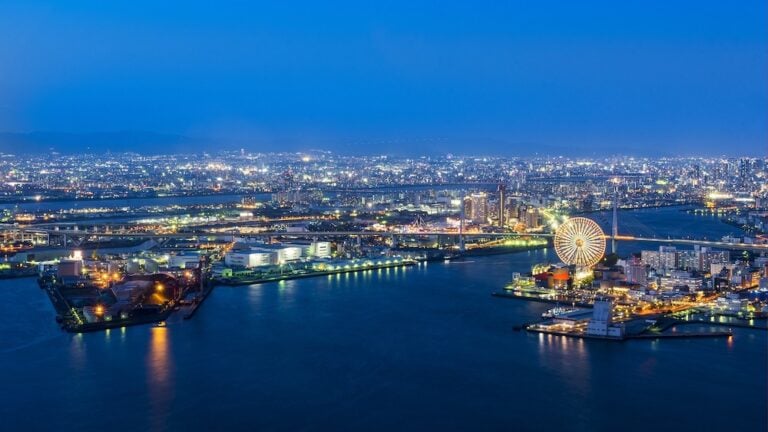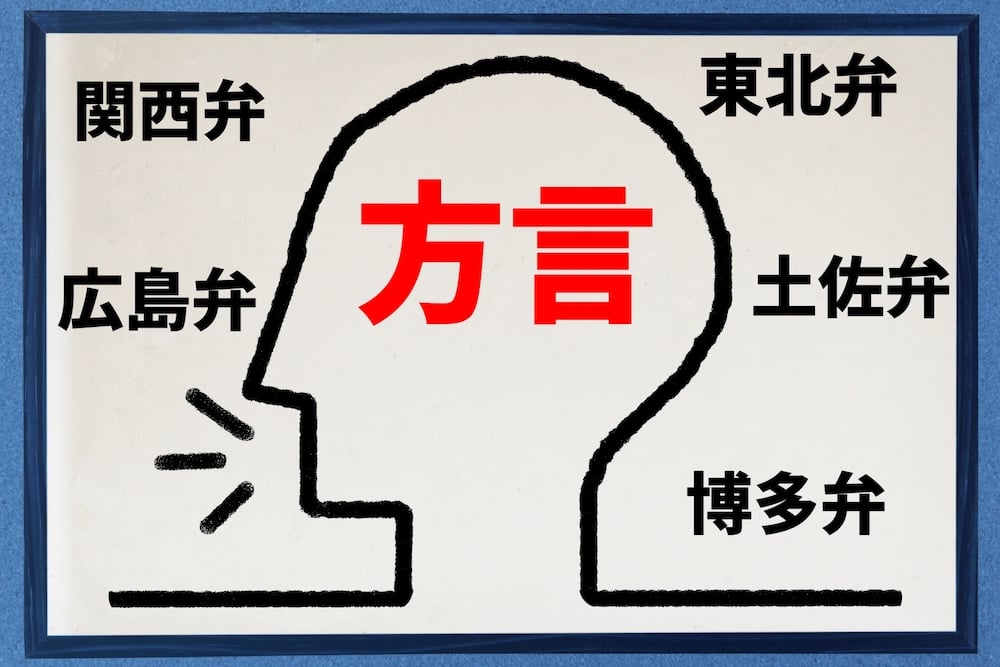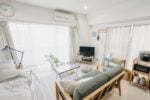
Every region and prefecture in Japan has certain cultural differences but perhaps none more widely known and celebrated (or slightly mocked by those in Kanto) than the differences the Kansai region. A lot of it comes down to the rivalry between Tokyo and Osaka, but Kansai people are known throughout the country to just do things differently. From being louder and more brash, through to just standing on the opposite side of the escalator.
The Kansai region is made up of several prefectures including Osaka, Kyoto, Hyogo, Nara, Wakayama and Shiga. In all fairness, some of the cultural quirks that get branded with the Kansai tag originate in Osaka and only sporadically appear in other Kansai prefectures but they still tend to get branded with the same label. Why is Kansai so different from other areas of Japan? How did these differences originate? In this article, we take a look at some of the major cultural differences that can be found in the Kansai area.
The Kansai Stereotype
There is very much a certain stereotype in Japan about a typical person from Kansai. Loud, brash and a little coarse. This stems largely from Osaka’s history as a merchant city. When Kyoto was the nation’s capital, nearby Osaka was a bustling port and home to most of the country’s wealthiest merchants.
While Kyoto cultivated a culture of refinement, Osaka’s culture developed as a loud, rough and friendly city. Even after the capital moved to Tokyo, the stereotype persisted and it seems sometimes that people in the area are happy to embrace it. Within the Kansai region, this stereotype is applied to people from Osaka city whereas people from Kanto tend to apply it to anyone from the Kansai region as a whole. Not everyone in Kansai is happy about this.
Stereotype or not, Osaka is immediately a more easy-going city than Tokyo with people much more apt to be direct and available to chat. They can certainly appear to be louder in everyday situations. The sense of humour in Osaka is also very prominent with a long tradition in comedy and many of Japan’s most famous comedians originating in the area.

Talking the Talk
There are lots of different dialects of Japanese depending on the region you’re from so in that respect, Kansai dialect is not all that unique. It is however, probably the most prominent dialect aside from the standard Japanese that is spoken in Tokyo. It is highly visible, often spoken by celebrities from the region and heard widely from different characters in dramas and TV shows.
In many areas of Japan, it’s becoming increasingly rare to hear local dialects spoken by younger people whereas if you live in Osaka, you will probably hear a bit of Kansai dialect spoken every day. Examples include words like akan instead of dame for ‘no good’ or honma instead of hontou for ‘really’. Kansai dialect tends to be sometimes seen as rough in other parts of Japan and in keeping with the stereotypical character of Osaka people, it can sound loud and aggressive sometimes, even when the speakers are being friendly and joking around. There are also other dialects in the region, in particular Kyoto which is very different from Osaka-ben in that it is very indirect and formal due to Kyoto being the ancient capital of Japan.

Kansai Flavors
Kansai is famous for its distinctive food culture and this carries over into preferences for flavours. The biggest difference is that dashi, the standard stock used in most Japanese food, is produced differently in the Kansai region and produces a lighter flavour and colour. This gives a lot of dishes in Kansai a slightly lighter flavour to those produced in Kanto. This carries over to things such as soy sauce, where Kansai style soy sauce also has a lighter flavour than that produced in other areas such as Kyushu and Chubu.

Standing on the right side of the escalator
This is perhaps the most immediately notable difference for people travelling from Tokyo to Osaka. Generally in most regions of Japan, people stand on the left side of the escalator, leaving the right side free. In Osaka, it’s the opposite. People stand on the right side and leave the left free. This is very predominant in Osaka and tends to vary a little in other Kansai areas. Nara and Hyogo also generally stand on the right. Kyoto on the left. At least most of the time. Outside of Osaka, it can be confusing which side you’re meant to stand on in the Kansai region so most of the time it’s just best to go with the flow.
A lot of the time, people explain this away as just Osaka being Osaka and acting contrary to everyone else when in fact, there are a few reasons for it. One of the most common reasons given is that when the first escalator was opened Osaka’s Umeda station, it followed the European rule of standing on the right. Another very common theory for the origin is that when Osaka held the World Expo in 1970, a rule was made to stand on the right side in order to follow European escalator etiquette. Regardless of the exact origin, this has now become the standard rule for people in Osaka even though the rest of the country has chosen to stand on the left.

Working in Kansai
While there aren’t any major differences in work culture between Kanto and Kansai, there are a couple of major differences in job markets, particularly if you’re a foreigner looking for work outside of English teaching. Tokyo is home to many major companies with large branches of both Japanese and foreign global companies. Companies based in Kansai on the other hand, tend to be small to medium sized businesses that are predominantly Japanese. There are exceptions of course, but because of this, the job market tends to be a lot smaller for foreigners in the Kansai region and companies tend to demand a much higher level of Japanese speaking ability.
The Little Things That Make a Difference
Aside from the major things covered above, there are a myriad of smaller differences between the Kansai area and other areas of Japan from fashion right through to tatami size. Exploring this famously unique area of Japan is an exercise in discovery and its close enough to Tokyo where it’s only a relatively short trip away.














